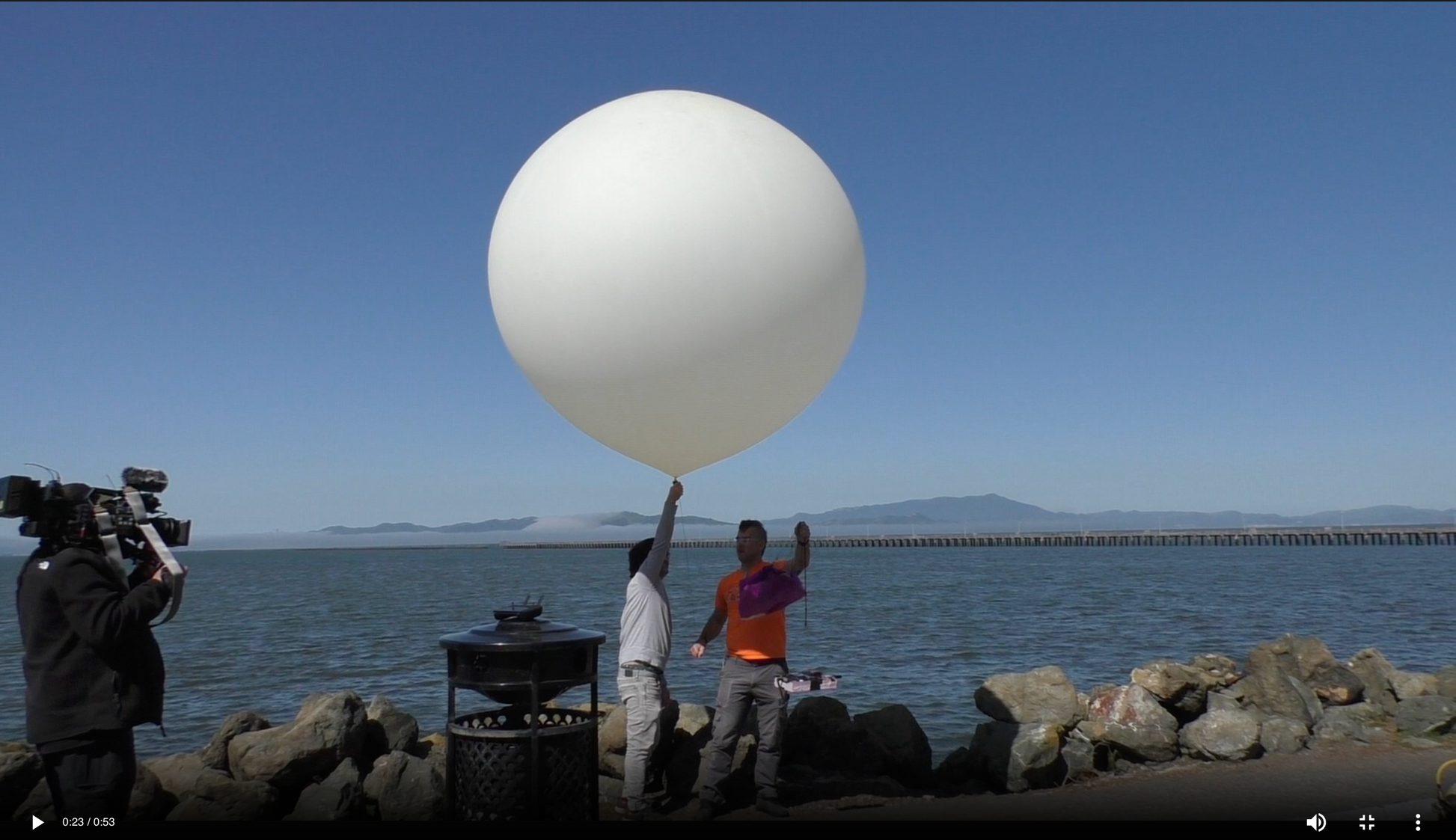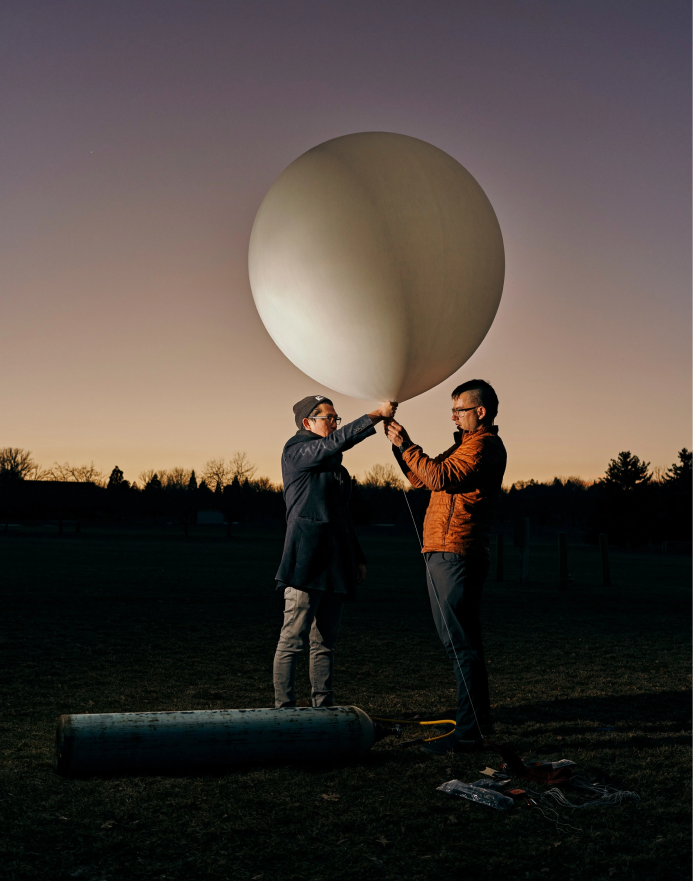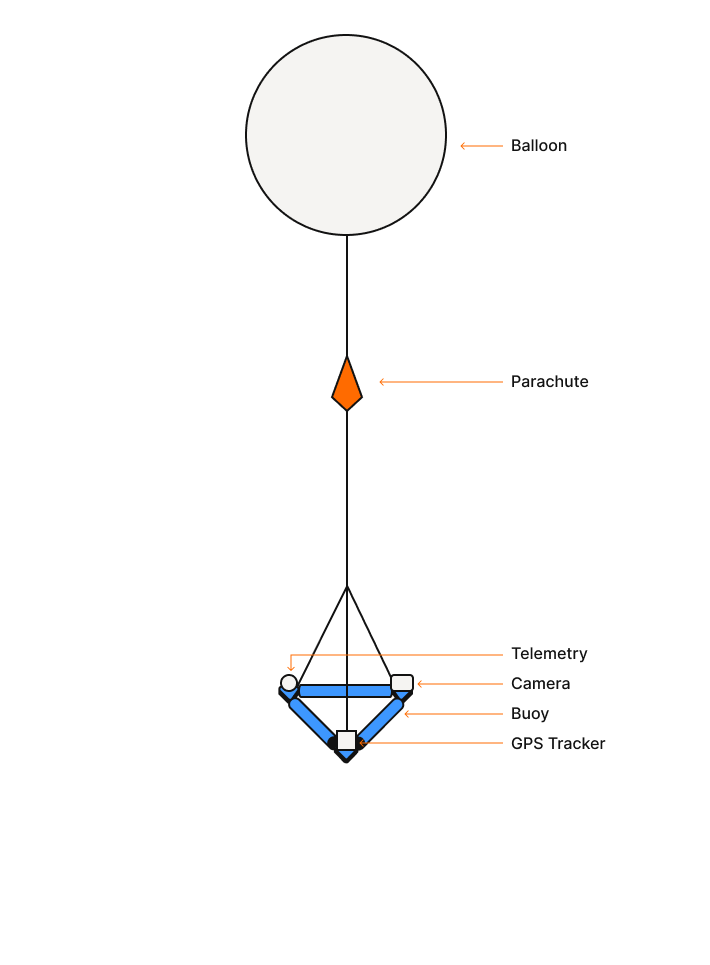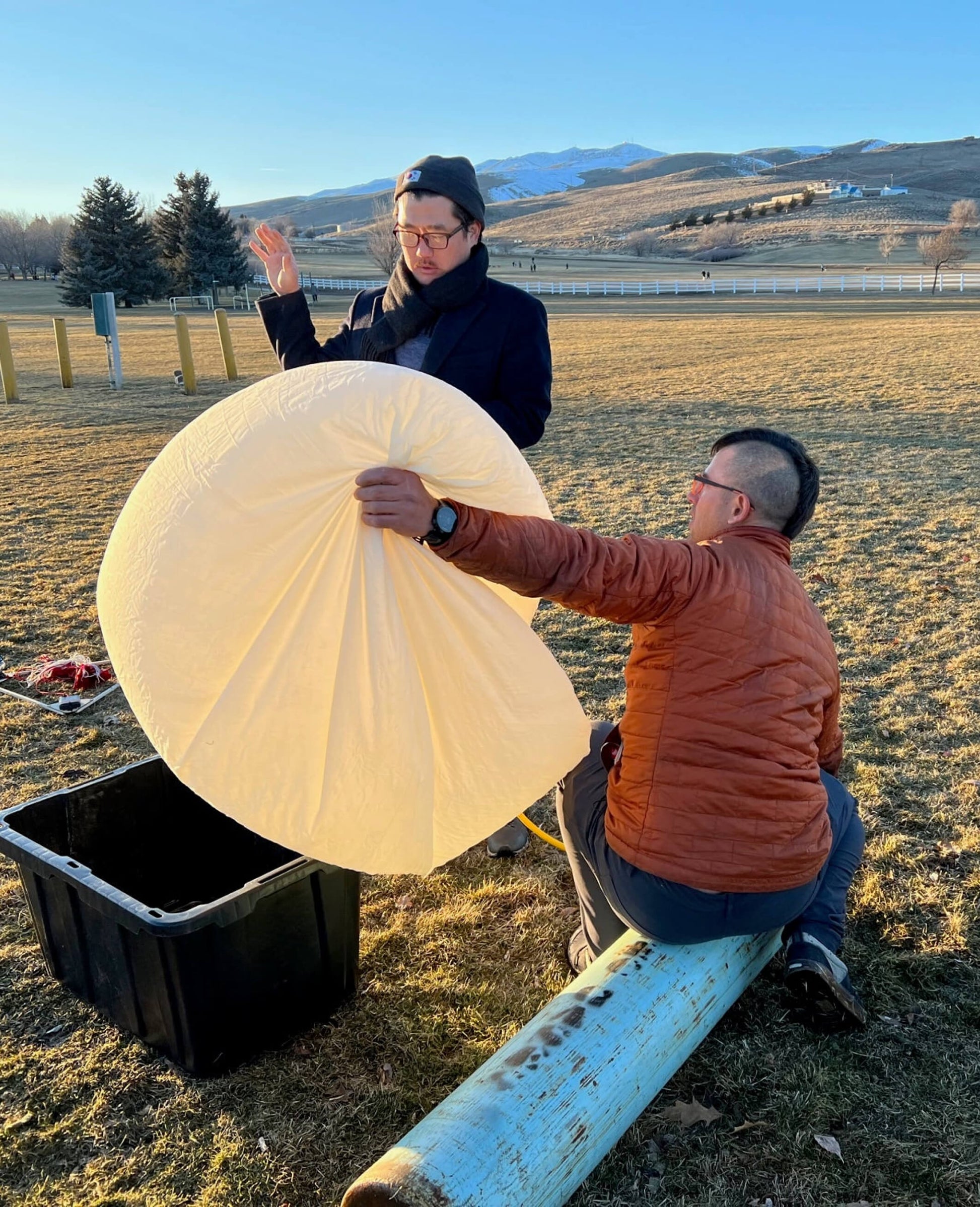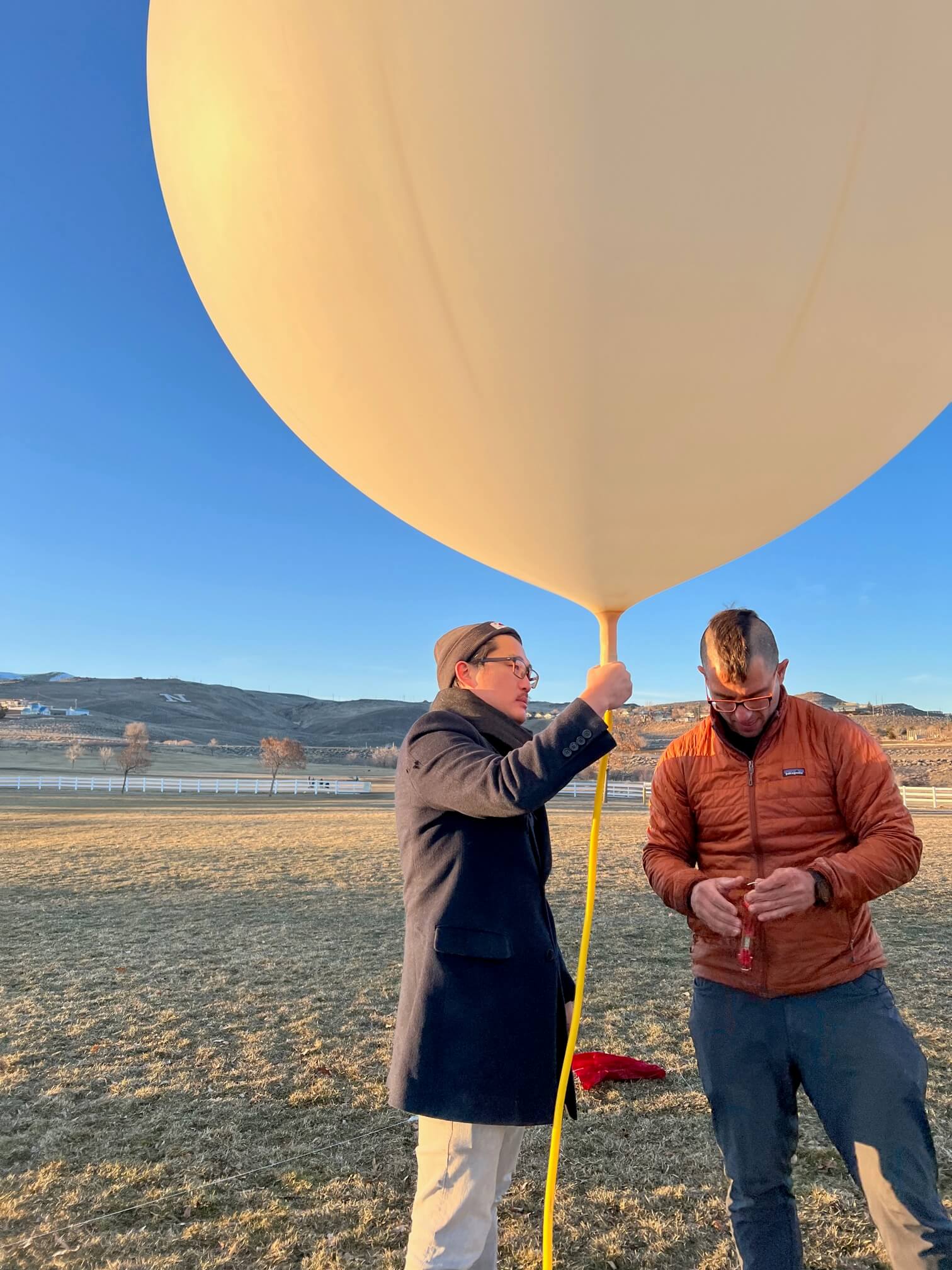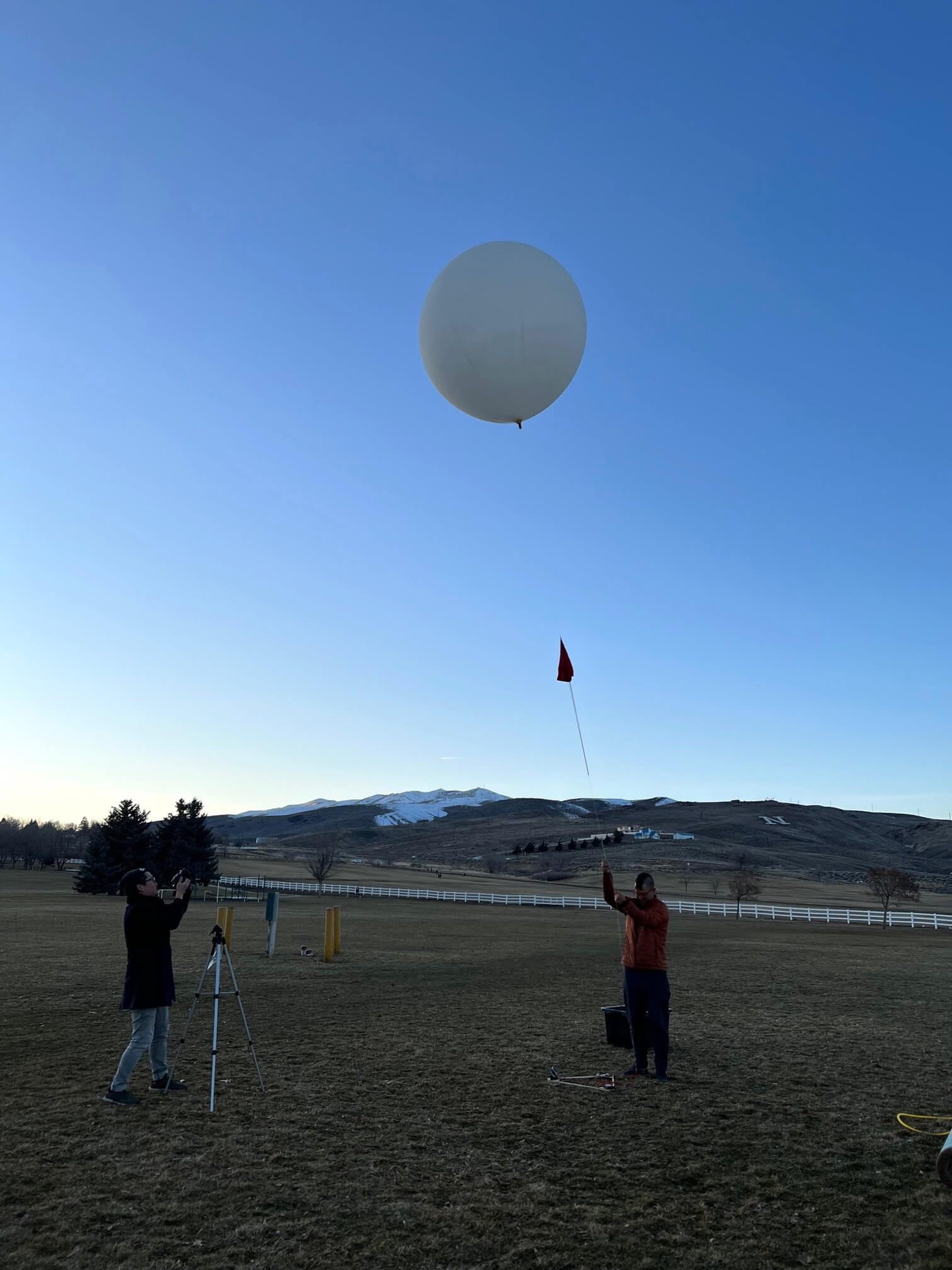One Cooling Credit offsets one ton of CO2 warming for a year. How does one gram of SO₂ offset one ton of CO₂ warming for a year?
Estimates vary, but a leading researcher cites "geoengineering’s leverage is very high — one gram of particles in the stratosphere prevents the warming caused by a ton of carbon dioxide," and “a gram of aerosol in the stratosphere, delivered perhaps by high-flying jets, could offset the warming effect of a ton of carbon dioxide, a factor of 1 million to 1."
Cooling Credits
Couldn't load pickup availability
Cool the Planet, One Credit at a Time
Inspired by nature’s own cooling events—like the Mt. Pinatubo eruption in 1991 —we launch balloons that release precisely measured amounts of naturally occurring compounds high into the stratosphere. Think of it as sunscreen for the Earth: a reflective shield that helps our planet stay cooler.
What’s a Cooling Credit?
Each Cooling Credit represents the release of just 1 gram of SO₂ into the stratosphere—enough to offset the warming effect of 1 ton of CO₂ for an entire year. That’s a 1-to-1,000,000 leverage ratio in climate impact. Learn how scientists calculate that.
Why 1,000+ people have joined us to cool Earth
- Affordable: Why it costs only $1–$5 to offset the warming effect of 1 ton of CO₂ for a year
- Transparent: Track every Cooling Credit on your account page.
- Fast: Current median fulfillment time is 22 days and 15.5 hours.
- Natural: We mimic the cooling effect of certain stratovolcanic eruptions.
How many should you buy?
The average American emits 18.3 tons of CO₂ annually. To estimate your own footprint, use this calculator.
Bulk options for companies or family legacies
Offsetting over 1,000 tons of CO₂? Enter your desired quantity of Cooling Credits—bulk discounts are applied automatically at checkout.
Questions? Schedule a quick chat.
How our balloons work
View full details
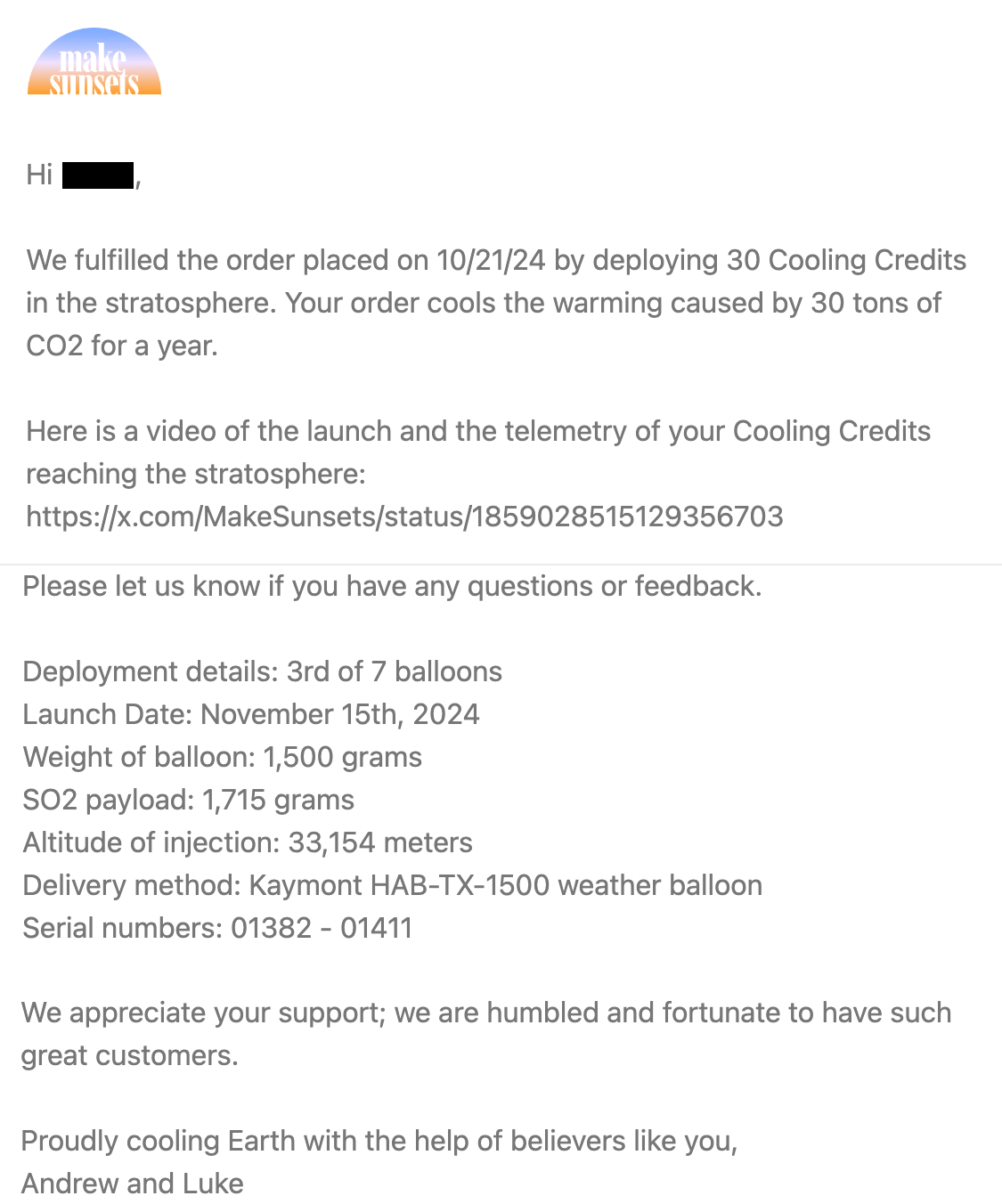


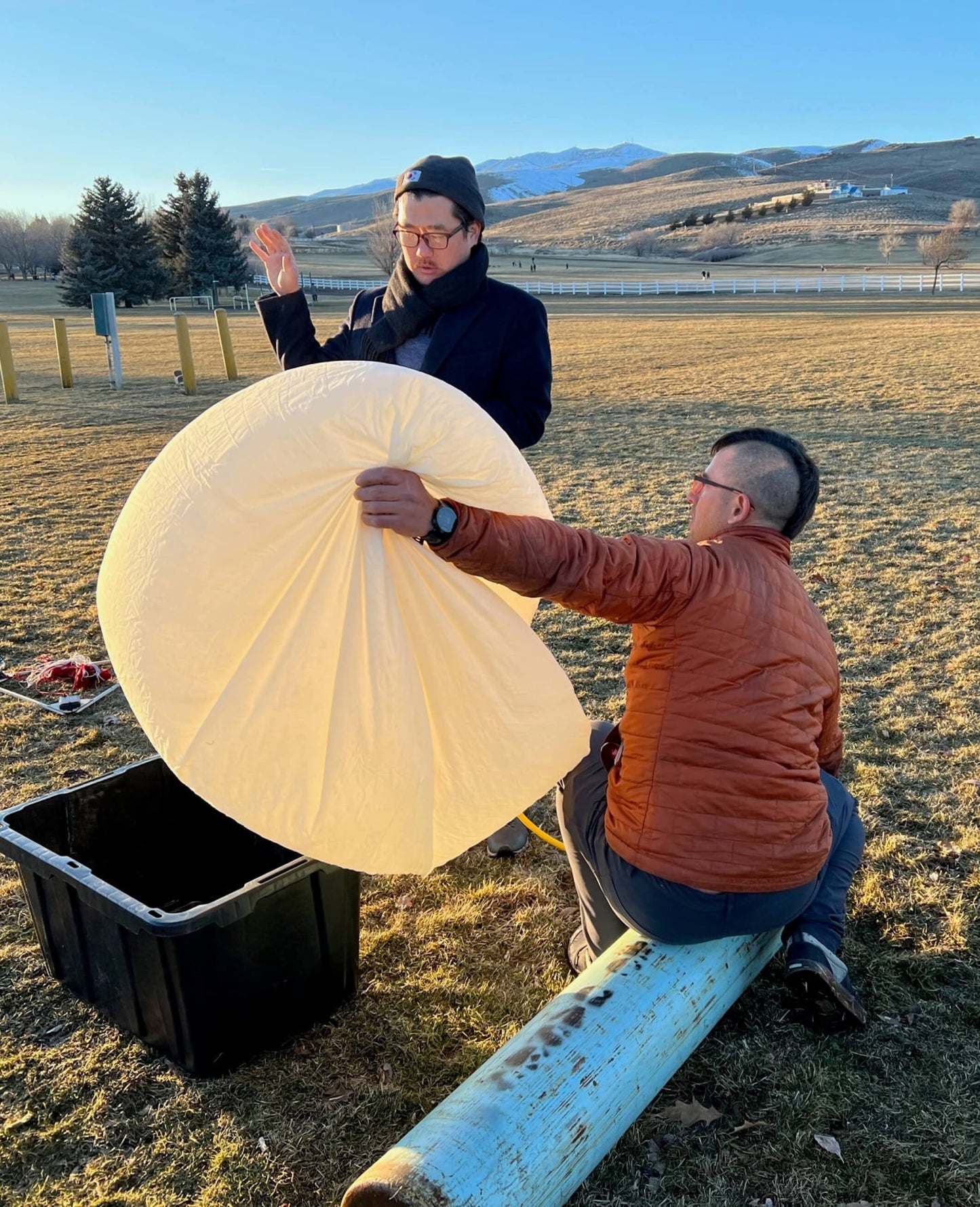

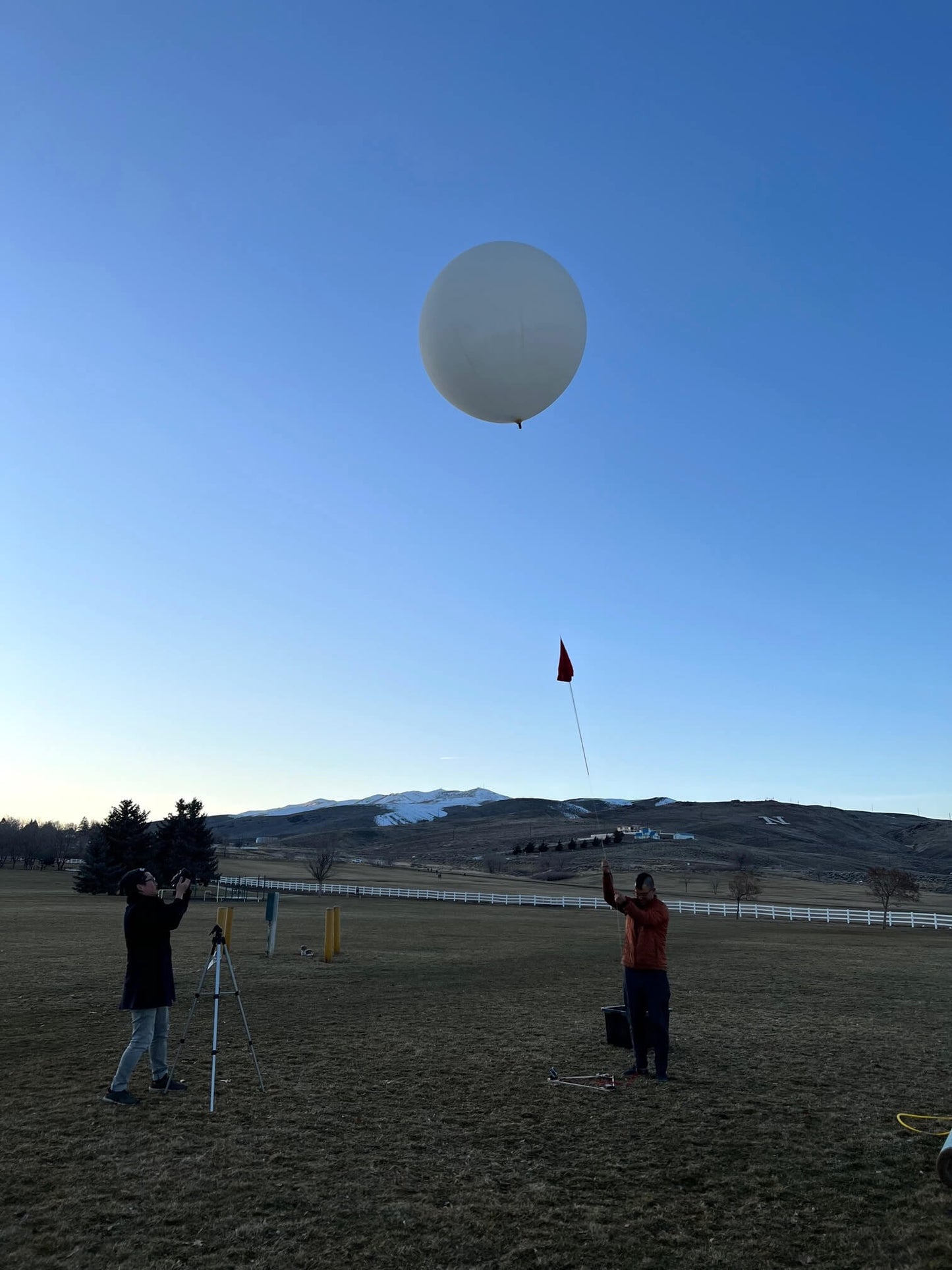
-
We should obviously be doing solar geoengineering. We are on track to radically reduce emissions in the coming years but thermal damage will lag our course correction so most of our climate pain is still ahead of us. Why risk destabilizing the West Antarctic ice sheet or melting the arctic permafrost or wet bulbing a hundred million people to death? Solar geoengineering can incrementally and reversibly buy down the risk during this knife-edge transition to a better future. We owe future generations to take all practical steps to dodge avoidable catastrophic and lasting damage to our planet.
Casey Handmer, PhD from Caltech -
It’s a small way I can help with a seemly very large problem! For what it’s worth, $200 offset 20 tons of CO2 is a great win!
Brian Vallelunga, CEO of Doppler -
At some point, you learn about reflective particles as a potential cooling method. The next question would be: 'Is anyone doing this now?' This led to the discovery of Make Sunsets, a team that not only explores solar radiation management techniques but also works to implement them. It's incredibly reassuring to see a group like Make Sunsets pushing the boundaries of scientific research, aiming to create a cooler, more sustainable future for everyone.
Kevin S. Thompson, Austin, Texas
